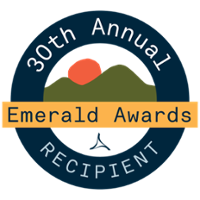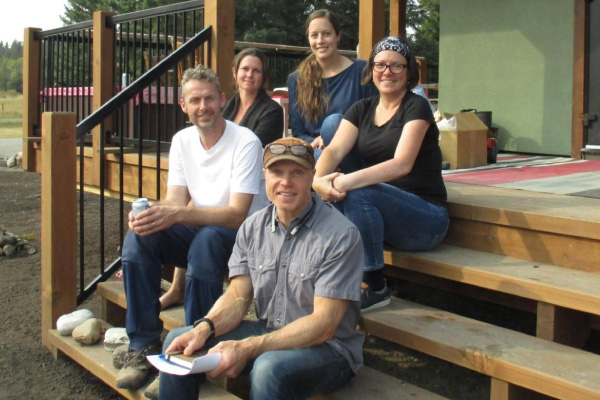Living Building Challenge
We're building one of the greenest homes on earth.

“The Confluence” — a living building in southern Alberta
SAIT’s Green Building Technologies (GBT), Woodpecker European Timber Framing and an Alberta family have partnered to construct a one-of-a-kind home in the foothills of southern Alberta — one that produces more energy than it uses, captures water on site and creates a positive impact on its people and environment.
Together, they hope “The Confluence” will achieve the highest possible certification through the Living Building Challenge, the world’s most rigorous green building rating program and sustainable design framework. They're aiming for the home to be the fifth in the world — and the first of its kind — to do it.
Awards
2021 Forest Stewardship Council Leadership AwardExplore the home
Explore the 2,238 square-foot, three-level home nestled in the foothills of Alberta, Canada, just west of the town of Cochrane.





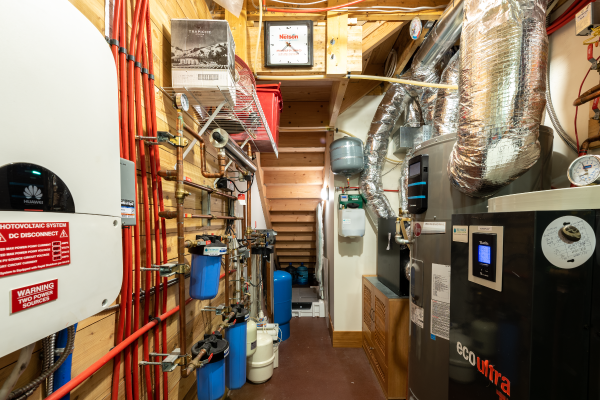




Confluence (kän-ˌflü-ən(t)s):
a coming or flowing together, meeting, or gathering at one point.
"The Confluence" represents a confluence of natural and built environments, the Rocky Mountains and the prairies, new and salvaged materials, and human and environmental health — to name a few.

The house that green tech built
To achieve the gold standard in sustainability goes beyond installing solar panels and low-flush toilets. GBT and the Centre for Innovative Information Technology Solutions — both divisions of SAIT’s Applied Research and Innovation Services (ARIS) department — are applying emerging green technologies that could change the way we build homes.
What is the Living Building Challenge?
The Living Building Challenge (LBC) is the world’s highest standard for building green, administered by the International Living Future Institute headquartered in Seattle, Washington. To achieve full certification, projects must adhere to seven areas of sustainability. After construction, projects must be monitored for 12 months to prove sustainable performance — a requirement setting it apart from other green rating systems.


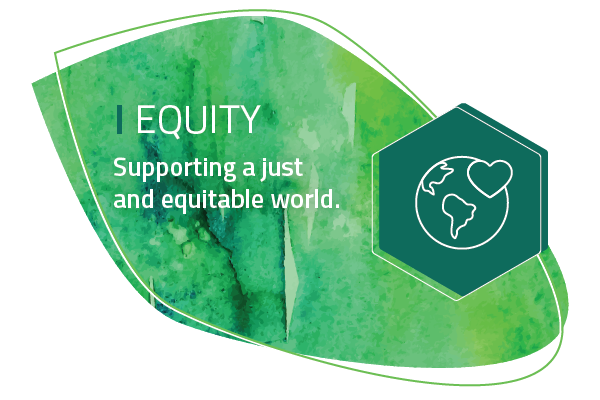




Meet the project team
Homeowners
Gerton and Joleen Molenaar wanted to build a home that not only sheltered their family but helped inspire a greener world. They learned about the Living Building Challenge and approached SAIT and Woodpecker European Timber Framing to enlist the expertise needed to execute the complex challenge.

SAIT Green Building Technologies
A division of SAIT's Applied Research and Innovation Services, GBT has worked with industry partners to develop green technology, programs, systems and services since 2008.
- Research Manager, Melanie Ross
- Principal Investigator, Tracey Chala
- Project Coordinator, Hayley Puppato
- Systems Design and Engineering, Rob Avis
- Dashboard and Data Analysis, Tyler Willson
- Architectural Technologist, Alexandra Kodyra
Woodpecker European Timber Framing
Based in Canmore, Alberta, Woodpecker is a full-service design manufacturer that offers innovative and experienced timber framing.
- Owner Peter Graul (pictured above)
- Site Superintendent, Alex Philippo
- Site Superintendent, Dale Klassen
815
"red-listed" toxic chemicals to avoid when building
90%+
of construction waste diverted from landfills
48+
salvaged or reclaimed products installed
105%
renewable energy produced on site
A student experience like no other
Several SAIT alumni and 19 students from a wide-range of programs helped bring "The Confluence" to fruition through practicum and capstone opportunities.
See what opportunities await you as part of your hands-on, world-class education. Explore some of these related programs.

Environmental Technology
-
Diploma
- Program Length: 2 years
- Campus: In person (Main Campus)
- Faculty: MacPhail School of Energy

Architectural Technologies
-
Diploma
- Program Length: 2 years
- Campus: In person (Main Campus) or Blended (Main Campus and Online)
- Faculty: School of Construction

Integrated Water Management
-
Diploma
- Program Length: 2 years
- Campus: In person (Main Campus)
- Faculty: MacPhail School of Energy

Civil Engineering Technology - Construction Management Major
-
Diploma
- Program Length: 2 years
- Campus: In person (Main Campus)
- Faculty: School of Construction
Special thanks
SAIT is grateful for the funding support of this project from the Natural Sciences and Engineering Research Council (NSERC) of Canada, Alberta Innovates, Environmental Careers Organization (ECO) Canada, United Nations Association of Canada and Clean Foundation. Thank you to NorSask Forest Products LP for your generous in-kind donation.









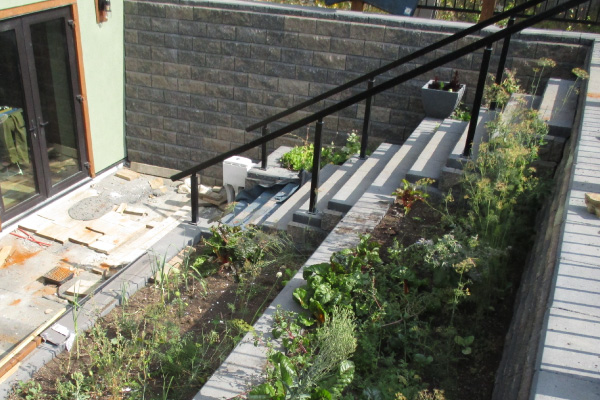



Build what’s next
Being a solution provider with industry is part of SAIT’s 104-year history. Whatever your organization’s vision, we’d love to help you get there. Connect with our team in Applied Research and Innovation Services. Project inquiries can be directed to gbt@sait.ca.




Green Building Technology Access Centre
Our centre focuses on identifying and developing environmentally friendly technologies, processes, programs, systems, and services that will fundamentally change how we build, educate and develop skilled labour.
Related stories

How to change the world one green building at a time
Read the story
In-situ steam research contributes energy and environmental solutions in oilsands operations
Read the story
Good bones: Eco-friendly home wins 2021 Prairie Wood Design Award
Read the storyContact us
Applied Research and Innovation Services
-
Phone - 403.284.7056
-
Email - applied.research@sait.ca

Oki, Âba wathtech, Danit'ada, Tawnshi, Hello.
SAIT is located on the traditional territories of the Niitsitapi (Blackfoot) and the people of Treaty 7 which includes the Siksika, the Piikani, the Kainai, the Tsuut’ina and the Îyârhe Nakoda of Bearspaw, Chiniki and Goodstoney.
We are situated in an area the Blackfoot tribes traditionally called Moh’kinsstis, where the Bow River meets the Elbow River. We now call it the city of Calgary, which is also home to the Métis Nation of Alberta.

